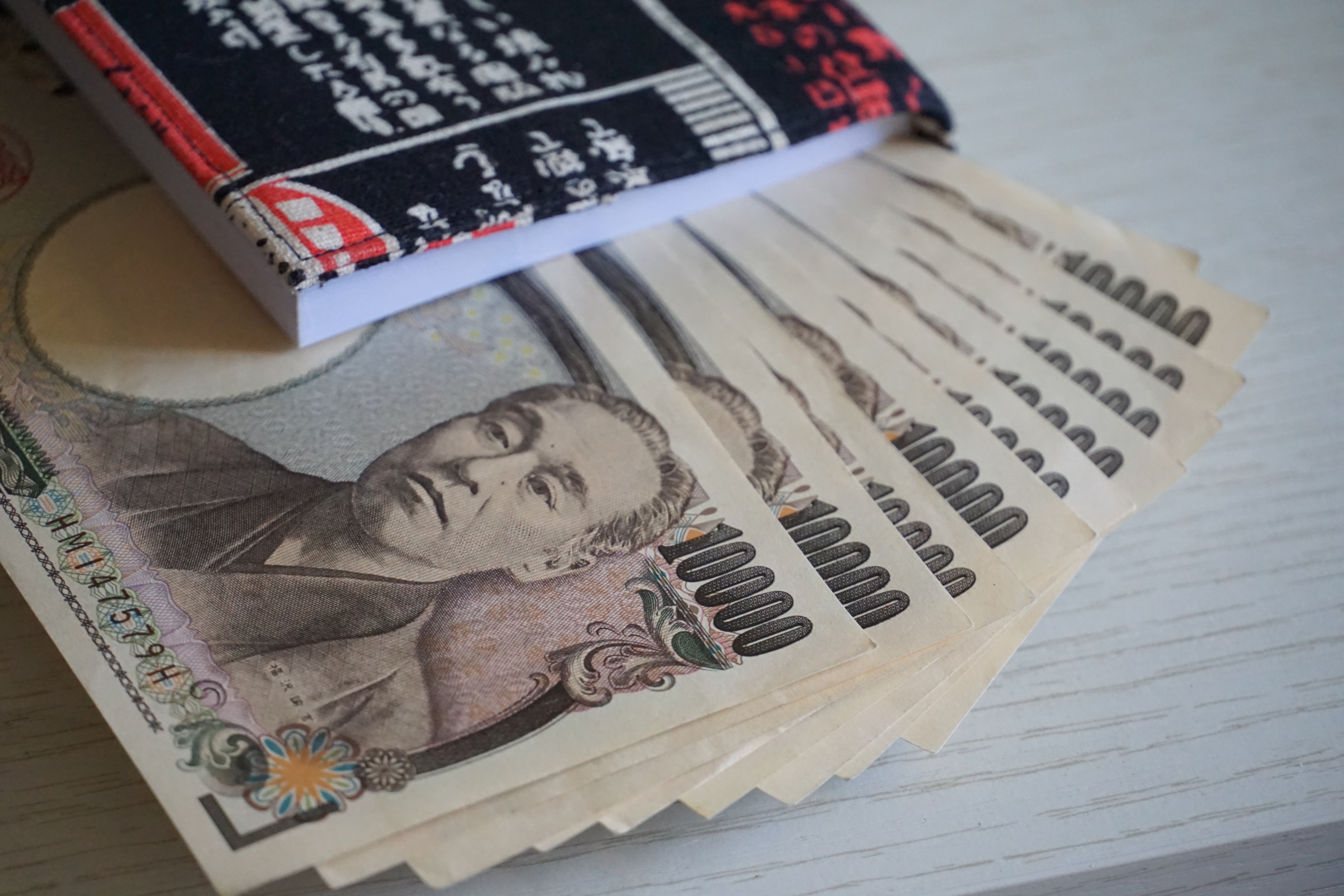Singapore Green Jet Fuel Levy on Travellers Ignites Funding Debate
Japan’s price trend gauges have reached new highs, indicating that inflation is spreading

Data reveal that Japan may be seeing signs of sticky inflation, with many gauges of broad price trends reaching record highs in July, bolstering the case for a shift away from decades of ultra-easy monetary policy.
The Bank of Japan (BOJ) publishes numerous measures of underlying inflation that examine the distribution of price changes based on the government’s consumer pricing data.
The BOJ constantly monitors the indices for signs on whether price increases are driven by one-time factors such as gasoline, or if they are broadening enough to permanently meet the BOJ’s 2% inflation objective.
The “trimmed mean” index, which excludes the high and lower tails of the distribution, gained a record 3.3% year on year in July, according to statistics released on Tuesday, quickening from a 3.0% gain in June.
The “mode” index, which represents the most often observed rate of inflation in the distribution, rose a record 3.0% in July, above the BOJ’s 2% objective for the sixth consecutive month.
In July, the proportion of commodities whose prices increased year on year reached a new high of 85.6%. After reaching a low of 46.7% in January 2021, the ratio continued to rise.
“The results show that not only did trend inflation accelerate in July, but that companies continued to pass on costs steadily,” said Naoya Hasegawa, senior bond strategist at Okasan Securities. “The outcome may prompt the BOJ to become more optimistic about the price outlook.”
Annual core consumer inflation in Japan was 3.1% in July, down from 3.3% in June due to lower electricity bills, although it remained above the BOJ’s target for the 16th consecutive month.
The BOJ stated in a quarterly report issued in July that there were “signs of change” in company pricing- and wage-setting behavior that could lead to sustained accomplishment of its price objective.
The assessment was partly behind the BOJ’s decision last month to allow long-term interest rates to climb more freely in response to rising inflation, which markets saw as a gradual shift away from decades of huge monetary support.
BOJ Governor Kazuo Ueda has emphasized the bank’s determination to maintain ultra-easy monetary policy until recent cost-driven price increases translate into more sustainable inflation driven by robust domestic demand and higher salaries.

